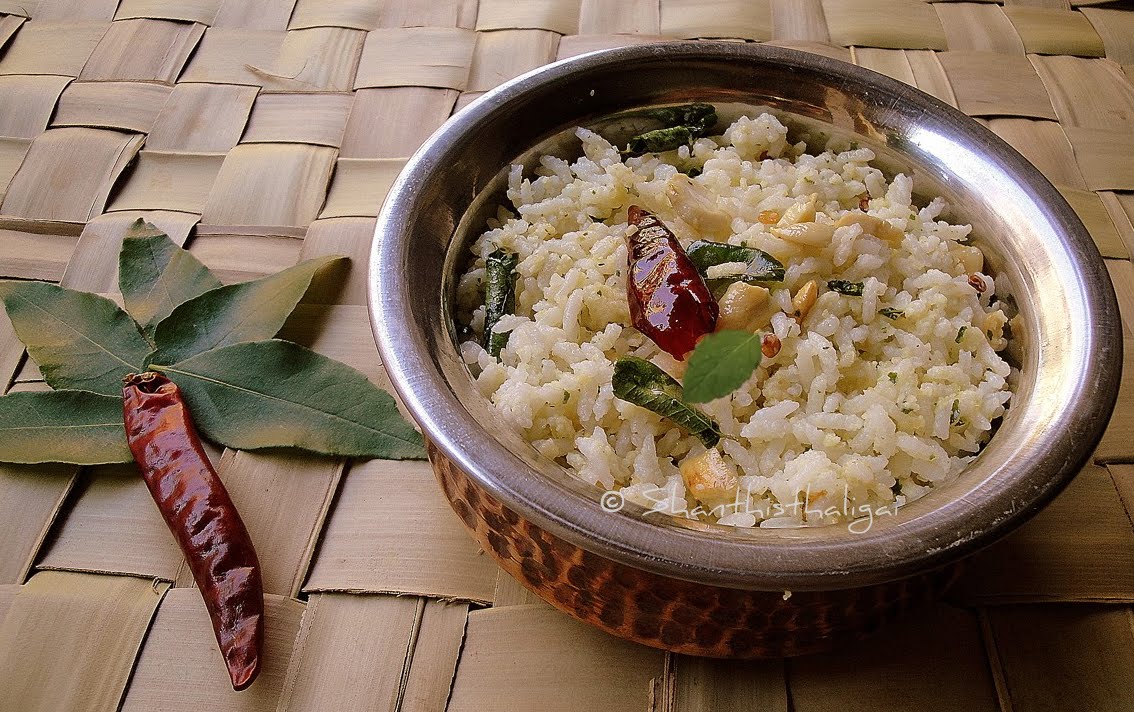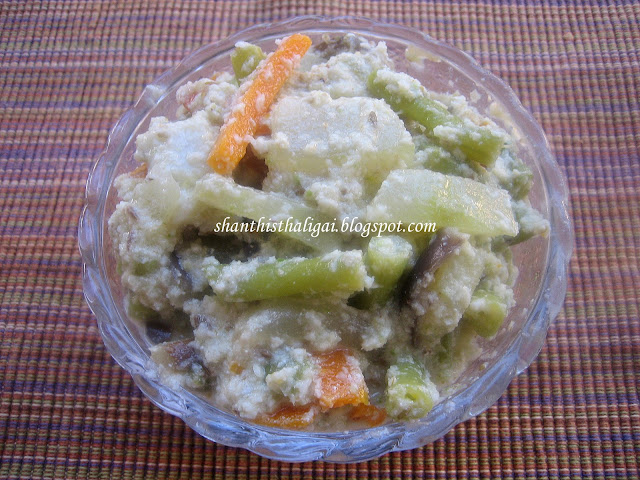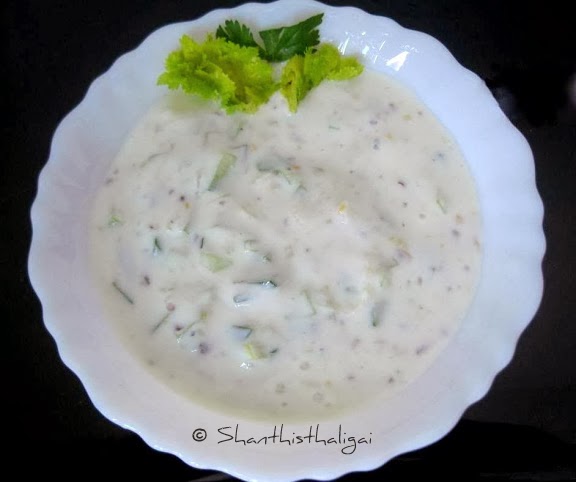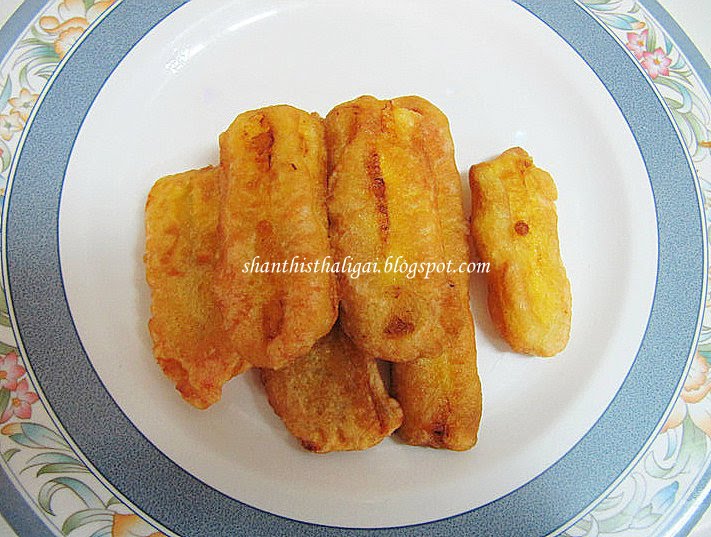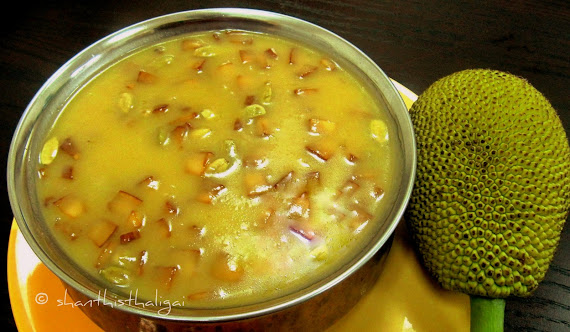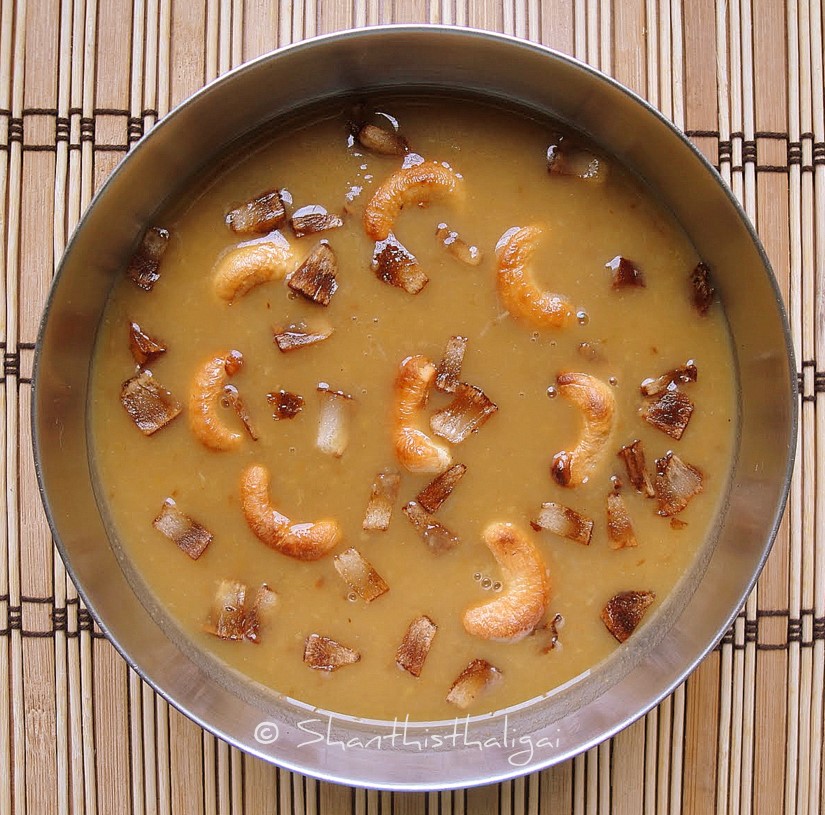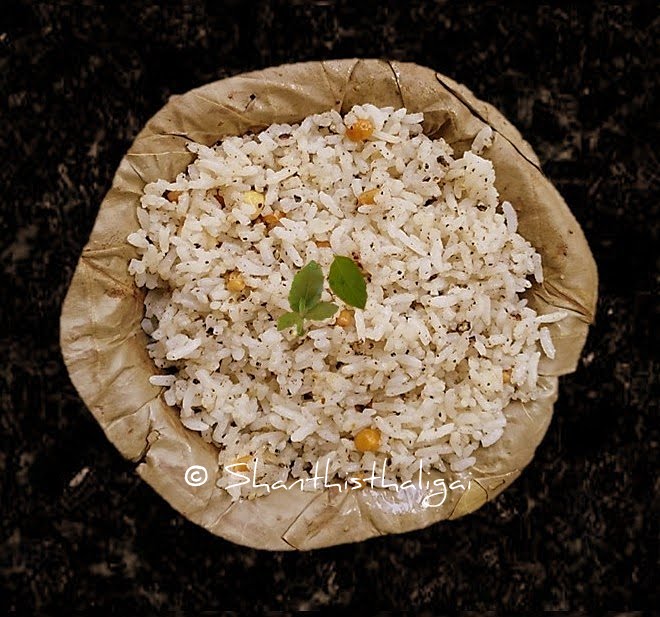INGREDIENTS:
Vallarai leaves - 1 cup
Curry leaves - 1 cup
Tamarind - size of a key lime
Turmeric powder- 1/4 tsp.
Pepper - 3/4 tsp.
Dry red chillies - 1 or 2
Urad dal - 2 tsp.
Toor dhal - 1 tsp.
Sesame oil - 3 tablespoons
Mustard - 1/2 tsp.
Asafoetida - 1/4 tsp.
Salt - to taste
METHOD:
Wash the greens, take out only the leaves and keep aside.
Soak tamarind in warm water and extract juice. Filter it and discard the fibres. Keep aside.
In a heavy-bottomed pan, heat a spoon of oil and fry pepper, urad dal, tur dal, chillies until golden brown. Transfer it to a plate. In the same pan, again add a spoon of oil and saute the curry leaves and vallarai well. When cool, grind it alongwith the dhals in a mixie to a paste.
In a heavy-bottomed pan, heat a spoon of oil and fry pepper, urad dal, tur dal, chillies until golden brown. Transfer it to a plate. In the same pan, again add a spoon of oil and saute the curry leaves and vallarai well. When cool, grind it alongwith the dhals in a mixie to a paste.
In the same pan, heat the remaining oil, add mustard seeds and hing. When it splutters, pour in the tamarind extract, turmeric powder and salt and allow it to boil until the raw smell goes. Now add the ground paste, mix well and allow it boil until it thickens.
Delicious and healthy Vallarai milagu kuzhambu is ready. Mix with hot rice and a dollop of ghee.

